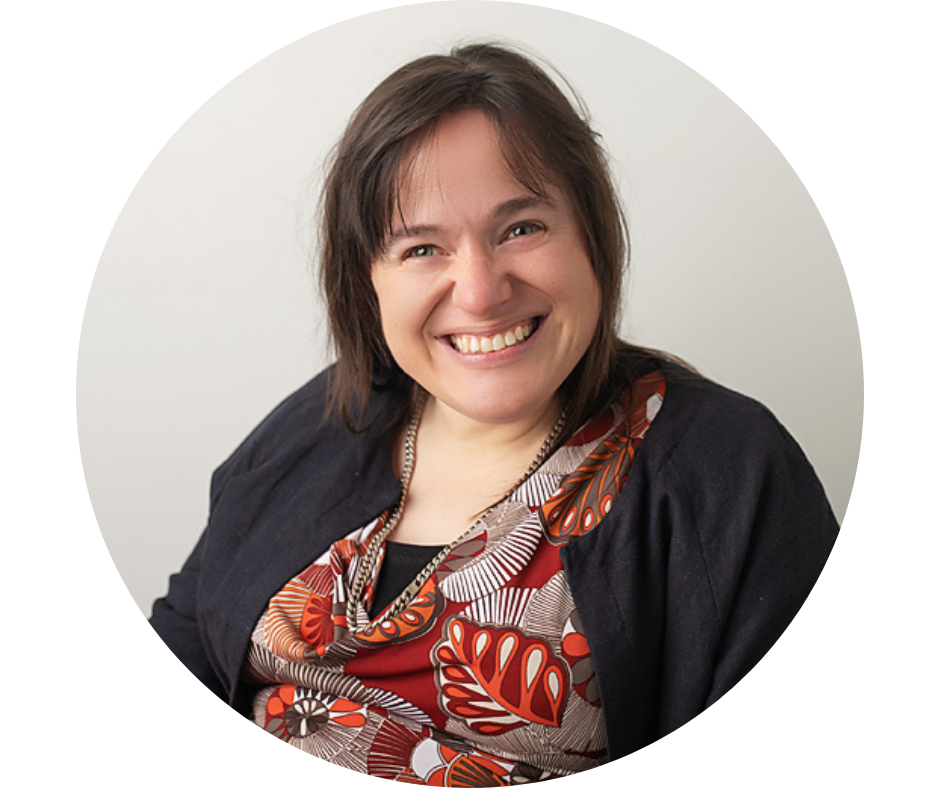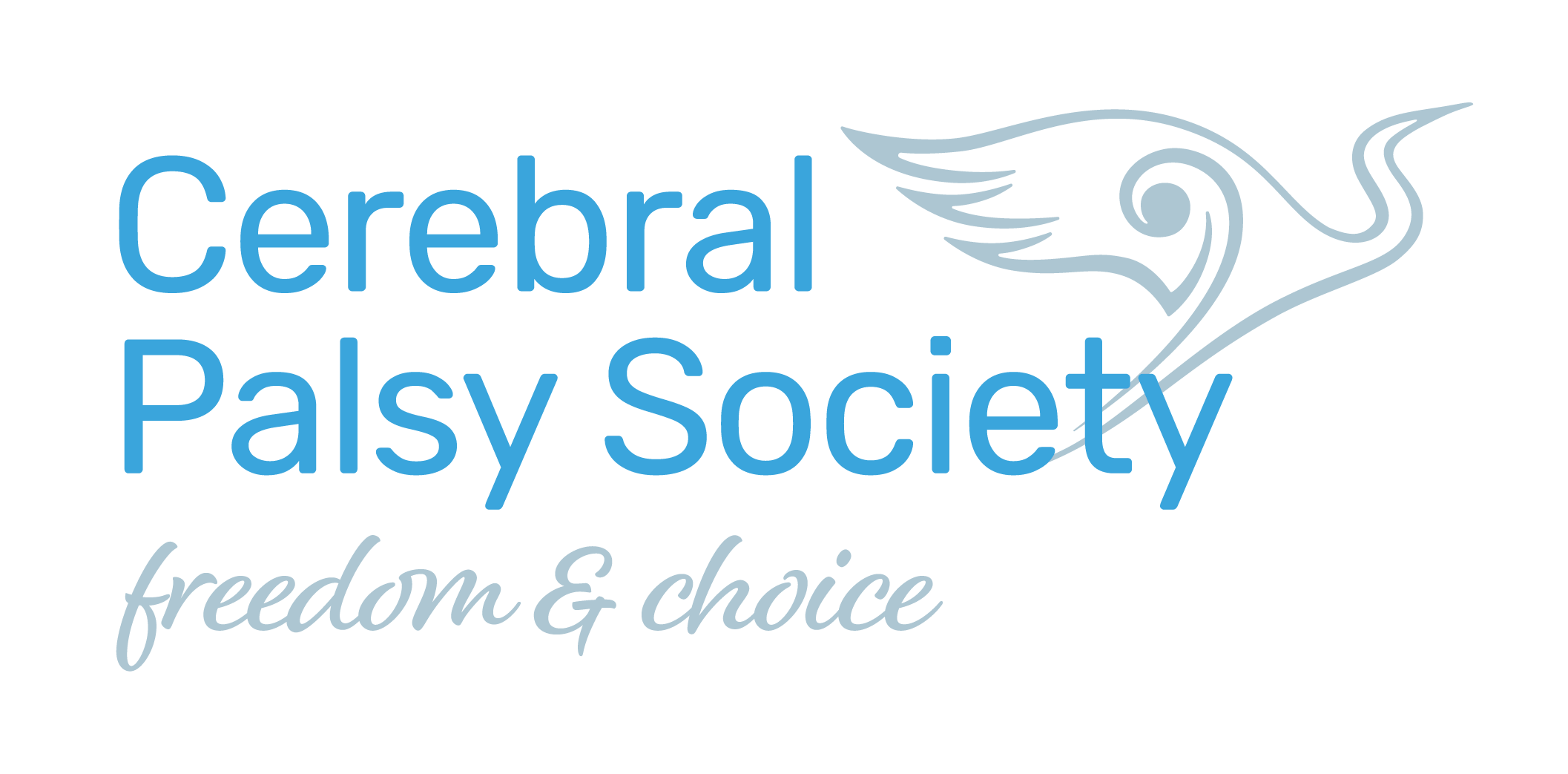Research
The practicalities of disability and sleep
11 Oct 2024
When you live with a disability, there are several additional complications when it comes to the household getting a good night sleep.
By Amy Hogan
Sleep is fundamentally important to everybody, regardless of whether you have a disability or not. We only need to look at the amount of advertisements for sleep aids to be reminded of how true those words are.

As sleep science develops and becomes more sophisticated, scientists and people who work in the field are able to get a greater understanding of what shapes sleep and the underlying causes of disruption. More importantly, they can develop a sense of what to do about sleep issues, both from a medical perspective and adjusting the environment.
Sleep and the ability to adapt to a circadian rhythm, the body’s interaction with the 24-hour daily cycle of sun, light, and temperature elements, can be impacted by different stages of development.
Therefore, in much the same way that children’s motor skills are developed, their ability to sleep is a skill that has different phases over time.
Equally, the ability to enter different stages of sleep can be disrupted in the same way as motor developments with conditions like Cerebral Palsy. The ability of the person to sleep may need to be examined as a separate health complication.
Because there are many elements that affect sleep, such as medications, co-occurring conditions, the need to be turned, and feeding schedules, sleep and disability can affect the whole household. When considering the different elements that impact sleep for the individual with a disability, this can equally play a role for their primary caregiver or siblings.
General Elements of Sleep and Disability
Medical Health and Comfort
One of the first elements to consider centres around the ability to assess the connection between medical health and the night-time routine.
Frequently, people living with Cerebral Palsy can have medical elements that disrupt their resting routine both in the daytime and at night. For example, night-time feeding, routines for rolling or lifting, needing to go to the bathroom frequently.
Understanding the role of medical disruption particularly as it relates to the following day can play a role in understanding long-term sleep disruption.

Sensory Comfort
Bodies can be very sensitive to the perception of light and noise. Sometimes this is unavoidable in any household, but it’s particularly complex when health and disability are involved.
There are ways to minimise the impact of light and noises. For example, during night-time changes or feedings, use dimmers or different light waves for entering the room. There are similar techniques for minimising sound disruptions in the early hours.
Another element that can come into play is temperature. It’s not uncommon for people living with disabilities to have difficulty regulating their temperature, which can also be compounded by, and compound, circulation issues.
Having a good gauge of what the temperature does during the night specifically in the room can provide a good baseline.
Having a light blanket that is readily available for the individual or caregiver can be helpful.
Similarly, there are a few relatively quiet portable fans that can cool the room or at least part of the room.
It may be a good idea to “audit” the bedroom. Consider the following elements:
- Location
- Clutter
- Airflow
- Temperature
- Lighting
- Sounds
- Controls
We can also “audit” the bed:
- Bed
- Mattress
- Pillows
- Bedding

Position and Movement
One of the complexities of Cerebral Palsy at any level of the condition, is difficulty in achieving and maintaining posture. This challenge is true throughout the day but can be even more complicated at night.
The involuntary movements can be particularly pronounced in the hands, feet, and joints. These movements are often accompanied by spasms or jerks and the experience of “restless leg”.
There are ways in which bodies can be positioned to minimise or alleviate posture discomfort and asking for a referral around sleep can be a good starting point.
Knowing what joints are moving the most and what muscle groups are involved can be useful in targeting interventions. For example, the placement of pillows can often ease neck discomfort or additional pain in the shoulders. However, this is best discussed with your GP before making full scale changes. Some members in the past have found booking specific appointments about sleep to be beneficial.
Sleep Settings and Systems
A concept that brings together all the other elements is the idea of working together with an allied health team to customise a sleep system which may involve a number of different elements. These include special bedding, postural support, cooling or heating systems, and weighted blankets. There can be a range of low-tech and high-tech devices, and it may take a while to establish the right system that is suitable for an individual household. The general process for trying a new system includes:
- A referral
- Discussion with a physio, OT, or other specialists
- The trial of different equipment for a set number of days and nights
- The adaptation of a range of techniques
Sleep and Sleep Disorders in a New Zealand Context
Within the New Zealand context, there are both public and private sleep resources available. If sleep is a persistent concern, is it worth talking to your GP specifically about different elements of sleep disruption and why they may be having such an impact.
Your doctor is the first person to be able to write referrals for different elements of sleep support, either generally or in a disability context.
There are a number of resources specifically connected to managing and making sense of sleep disturbances, including:
Sleep and sleeping well are complex bio-physiological systems that can take a long time to establish and develop and are sensitive to change and disruption. Therefore, when considering sleep in the context of disability, it’s important to look at a variety of different elements such as medical routines, temperature, breathing patterns, and overall circadian rhythm.
It’s also important to remember that what’s comfortable means what’s right for you at that moment. The practicalities look different with everyone.
If you would like to know more, feel free to contact me at amy@cpsociety.org.nz.
* This article was adapted from the work of SleepLink Perth and Sue Mcabe.
* Amy Hogan is the Cerebral Palsy Society’s Researcher and Member Support Advisor.

For more information:
Melanie Louden
Communications Manager
melanie@cpsociety.org.nz
Mobile: 022 087 819


